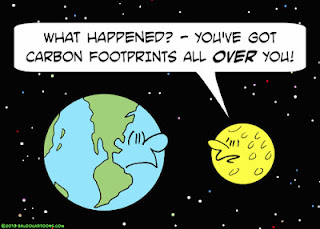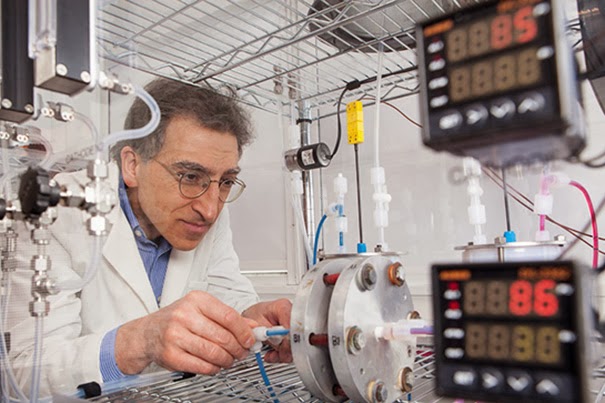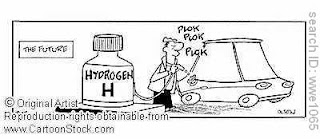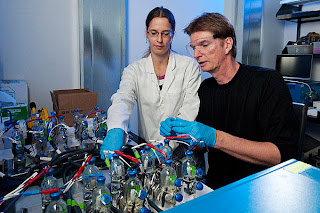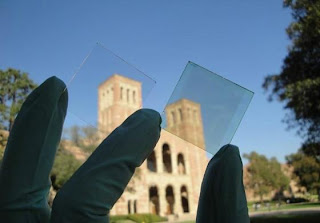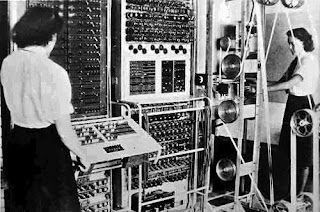A little bit of science and sustainability in the bathroom
Many of the science and climate technologies showcased on this blog relate to energy transition. For a change, this article is about a slightly different (maybe lighter?) topic. A number of small actions taken in our daily lives can have a large impact at scale. The ideas presented below may not solve the biggest problems related to carbon such as meat production, buildings, transportation, but are fun things to try at home, and can have some positive impact. The equation to solve at home is simple: reducing environmental impact = reducing input + increasing use + reducing waste. A number would argue that increasing use is actually similar to reducing input and waste, but the topic of reusability is important in itself. Here are a few companies and technologies that support this framework - and use a bit of science, indeed . Reduce input: For household products, a very nice concept has emerged - “why transport water and plastic for household products?” Companies such as Blueland and
